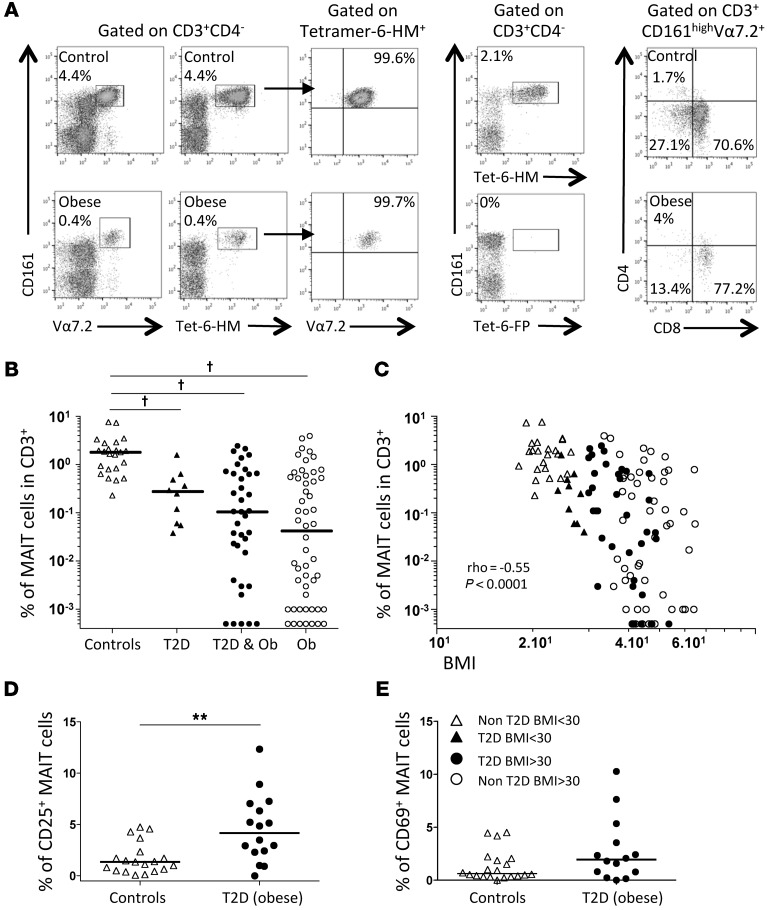Figure 1. Decreased frequency of circulating MAIT cells in T2D and obesity.
(A) Costaining of lean and obese adults’ PBMCs with anti-Vα7.2 and anti-CD161 antibodies and with the 6-HM–loaded MR1 tetramer. All the cells binding to the MR1-6-HM tetramer were CD161hiVα7.2+, and MAIT cells were stained only by the MR1 tetramer loaded with the 6-HM ligand, and not the 6-FP ligand. MAIT cells were either CD8+ or double negative. (B) Lower frequencies of circulating MAIT cells were detected in nonobese T2D (n = 10), obese (Ob) T2D (n = 37), and non-T2D obese patients (n = 52) as compared with nondiabetic, nonobese healthy controls (n = 23). Note that in 12 obese patients, circulating MAIT cell frequency was below detection limit (<0.001%). Frequencies below 0.001% were arbitrarily displayed at 0.0005 but not included in the median and statistical calculations. †P < 0.0001. Adjusting for age and sex in a linear regression model did not change the significance. (C) Correlation between BMI and MAIT cell frequency (n = 122). (D) CD25 expression on MAIT cells in controls (n = 19) and T2D obese patients (n = 16). (E) CD69 expression on MAIT cells in controls (n = 20) and T2D obese patients (n = 14). **P < 0.003. Mann-Whitney U test and Spearman’s correlation. Straight lines represent medians. BMI is shown as kg/m2.

